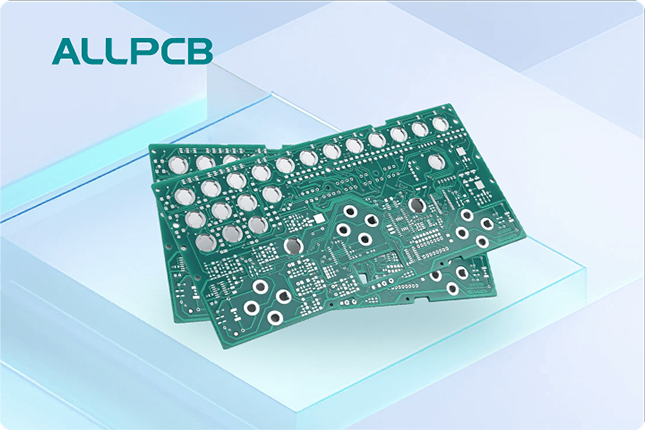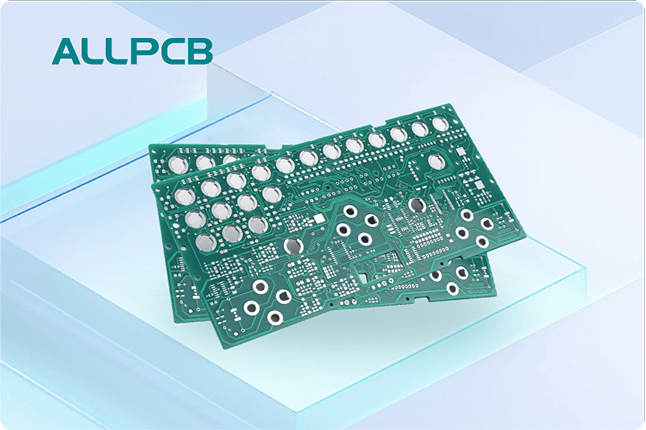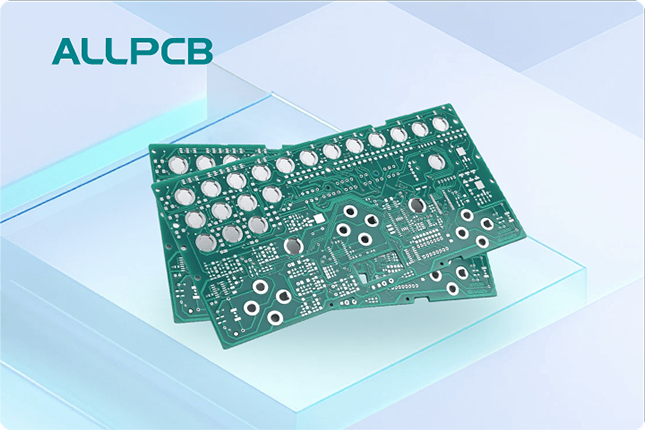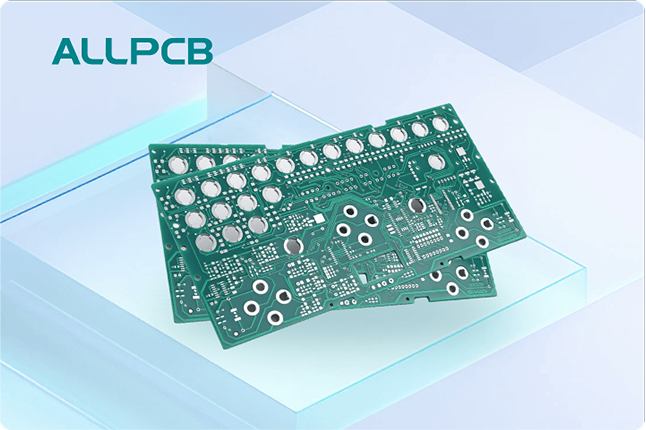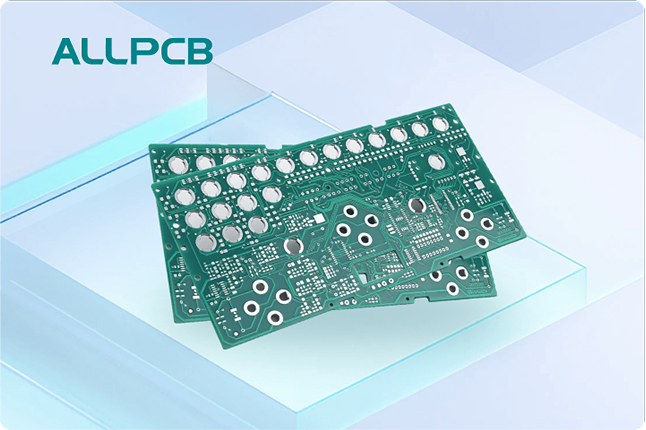Flexible PCBs are a cornerstone of modern electronics, enabling compact, lightweight, and adaptable designs in everything from smartphones to medical devices. However, one persistent issue that can undermine their performance is flexible PCB delamination. This occurs when the layers of a flexible circuit board separate, leading to reliability issues and potential failure. In this blog, we’ll explore the unique challenges of delamination in flexible PCBs, particularly with polyimide materials, and provide practical solutions for preventing delamination in bendable PCBs to ensure flex circuit reliability. Whether you're an engineer or a designer, you'll find actionable insights to improve your flexible circuitry designs.
What is Flexible PCB Delamination and Why Does It Matter?
Delamination in flexible PCBs refers to the separation of layers within the board, such as the polyimide substrate, copper traces, or adhesive layers. This issue is particularly problematic in flexible circuits because they are designed to bend and flex repeatedly, placing additional stress on the materials. When delamination occurs, it can lead to broken connections, signal loss, or complete circuit failure, directly impacting flex circuit reliability.
The consequences of delamination are significant. For instance, in a wearable device, a delaminated PCB could result in erratic sensor readings. In aerospace applications, it could mean catastrophic system failures. Understanding and addressing polyimide PCB delamination is crucial for industries relying on bendable electronics.
Unique Challenges of Delamination in Flexible PCBs
Flexible PCBs face distinct challenges compared to rigid boards due to their unique construction and usage. Below are some key factors contributing to flexible PCB delamination:
1. Material Stress from Repeated Bending
Flexible PCBs are often made from polyimide, a durable and heat-resistant material. However, repeated bending—sometimes thousands of cycles in applications like foldable phones—can weaken the bond between layers. This mechanical stress is a primary cause of delamination, especially at bend radii smaller than 5 mm, where stress concentration is highest.
2. Moisture Absorption in Polyimide Layers
Polyimide materials, while excellent for flexibility and thermal stability, can absorb moisture over time. When exposed to high temperatures during soldering or reflow processes (often exceeding 260°C), this moisture can vaporize, creating internal pressure that forces layers apart. Studies suggest that polyimide can absorb up to 3% of its weight in moisture under humid conditions, significantly increasing the risk of polyimide PCB delamination.
3. Poor Adhesive Performance
The adhesives used to bond layers in flexible PCBs must withstand thermal, mechanical, and environmental stresses. If the adhesive lacks strength or is improperly applied, it can fail under conditions like temperature cycling or high humidity. This is a common issue in multilayer flexible designs where adhesive layers are critical for structural integrity.
4. Thermal Expansion Mismatch
Different materials in a flexible PCB, such as copper, polyimide, and adhesives, have varying coefficients of thermal expansion (CTE). For example, copper has a CTE of approximately 17 ppm/°C, while polyimide is around 20-30 ppm/°C. During temperature changes, these mismatches can create shear stress at the interfaces, leading to delamination.
Key Solutions for Preventing Delamination in Bendable PCBs
While the challenges of delamination are significant, there are proven strategies to enhance flex circuit reliability and prevent issues in flexible PCBs. Here are actionable solutions focusing on materials, design, and manufacturing processes:
1. Selecting the Right Materials for Durability
Choosing high-quality materials is the first step in preventing delamination in bendable PCBs. Opt for polyimide films with low moisture absorption rates, often labeled as “low-hygroscopic” grades. Additionally, consider using adhesiveless copper-clad laminates, which eliminate the risk of adhesive failure by directly bonding copper to polyimide through advanced manufacturing techniques.
2. Optimizing Adhesives for Flexible PCBs
The choice of adhesives for flexible PCBs is critical. Epoxy-based adhesives are commonly used for their strength and thermal resistance, but acrylic adhesives can offer better flexibility for dynamic bending applications. Ensure that the adhesive has a high peel strength (typically above 1.0 N/mm) to maintain layer bonding under stress. Proper curing processes during manufacturing also help maximize adhesive performance.
3. Implementing Moisture Control Measures
To combat moisture-induced delamination, store flexible PCBs in a controlled environment with humidity levels below 50%. Pre-baking the boards at 120°C for 2-4 hours before soldering can remove absorbed moisture, reducing the risk of vapor pressure buildup during high-temperature processes. Vacuum-sealed packaging is another effective way to protect boards during storage and transport.
4. Designing for Stress Reduction
Design plays a pivotal role in preventing delamination. Avoid sharp bend radii; aim for a minimum bend radius of at least 6 times the thickness of the PCB (e.g., a 0.1 mm thick PCB should have a bend radius of 0.6 mm or more). Additionally, use strain relief features like teardrop-shaped vias or wider traces at bending points to distribute mechanical stress evenly.
5. Managing Thermal Stress in Manufacturing
During the soldering reflow process, rapid temperature changes can exacerbate delamination risks. Use a controlled reflow profile with a gradual ramp-up rate (e.g., 1-2°C per second) to minimize thermal shock. Peak temperatures should be kept within the material’s specified limits, often below 260°C for polyimide-based PCBs, to avoid degrading adhesives or substrates.
Advanced Techniques for Enhancing Flex Circuit Reliability
Beyond basic prevention strategies, advanced techniques can further improve the reliability of flexible PCBs and address flexible PCB delamination in demanding applications.
1. Use of Coverlay for Protection
A coverlay, typically a thin polyimide film with adhesive, is applied over the copper traces to protect them from environmental factors and mechanical stress. Unlike liquid solder masks, which can crack under bending, coverlays provide better flexibility and adhesion. Ensure the coverlay overlaps the traces by at least 0.5 mm on all sides for optimal protection.
2. Incorporating Stiffeners in Critical Areas
Stiffeners, often made of rigid materials like FR4, can be added to specific areas of a flexible PCB to reduce bending stress in high-risk zones, such as connector points. This hybrid approach, often seen in rigid-flex designs, helps maintain structural integrity without sacrificing overall flexibility.
3. Advanced Testing for Quality Assurance
Implementing rigorous testing protocols can catch potential delamination issues before they reach the end user. Flex cycle testing, which simulates thousands of bending cycles (e.g., 10,000 cycles at a 5 mm bend radius), helps evaluate material durability. Thermal cycling tests, ranging from -40°C to 85°C, can also reveal weaknesses in adhesive bonding or material compatibility.
Case Studies: Real-World Applications of Delamination Solutions
To illustrate the effectiveness of these solutions, let’s look at two hypothetical scenarios where delamination challenges were addressed:
Scenario 1: Wearable Fitness Tracker
A manufacturer of wearable fitness trackers faced frequent delamination in their flexible PCBs due to constant bending during use. By switching to a low-hygroscopic polyimide material and applying a flexible acrylic adhesive with a peel strength of 1.2 N/mm, they reduced delamination incidents by 80%. Additionally, pre-baking the boards before assembly eliminated moisture-related issues during soldering.
Scenario 2: Automotive Sensor System
In an automotive application, a flexible PCB used in a sensor system experienced delamination due to thermal cycling between -30°C and 105°C. The design team incorporated stiffeners at critical connection points and used a controlled reflow profile with a peak temperature of 250°C. These changes improved the board’s reliability, achieving a failure rate of less than 0.5% over 5,000 thermal cycles.
Conclusion: Building Reliable Flexible PCBs with Delamination in Mind
Delamination poses a significant threat to the performance and longevity of flexible PCBs, but with the right strategies, it’s a challenge that can be effectively managed. By focusing on material selection, optimizing adhesives for flexible PCBs, controlling moisture, and refining design and manufacturing processes, engineers can ensure flex circuit reliability even in the most demanding applications. Whether you’re dealing with polyimide PCB delamination or seeking solutions for preventing delamination in bendable PCBs, these insights provide a roadmap to success.
At ALLPCB, we’re committed to supporting your flexible PCB projects with high-quality materials, advanced manufacturing techniques, and expert guidance. By addressing flexible PCB delamination head-on, you can create reliable, durable circuits that meet the needs of today’s innovative electronics.
 ALLPCB
ALLPCB


